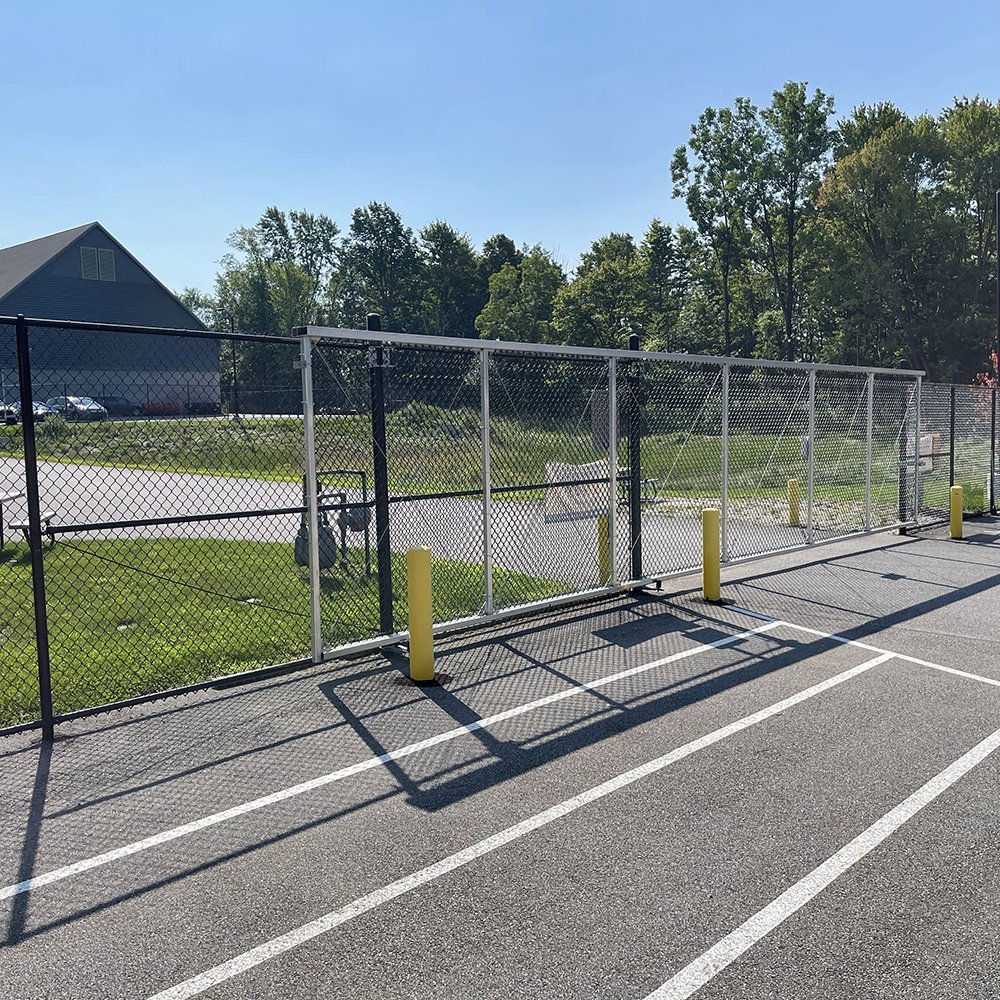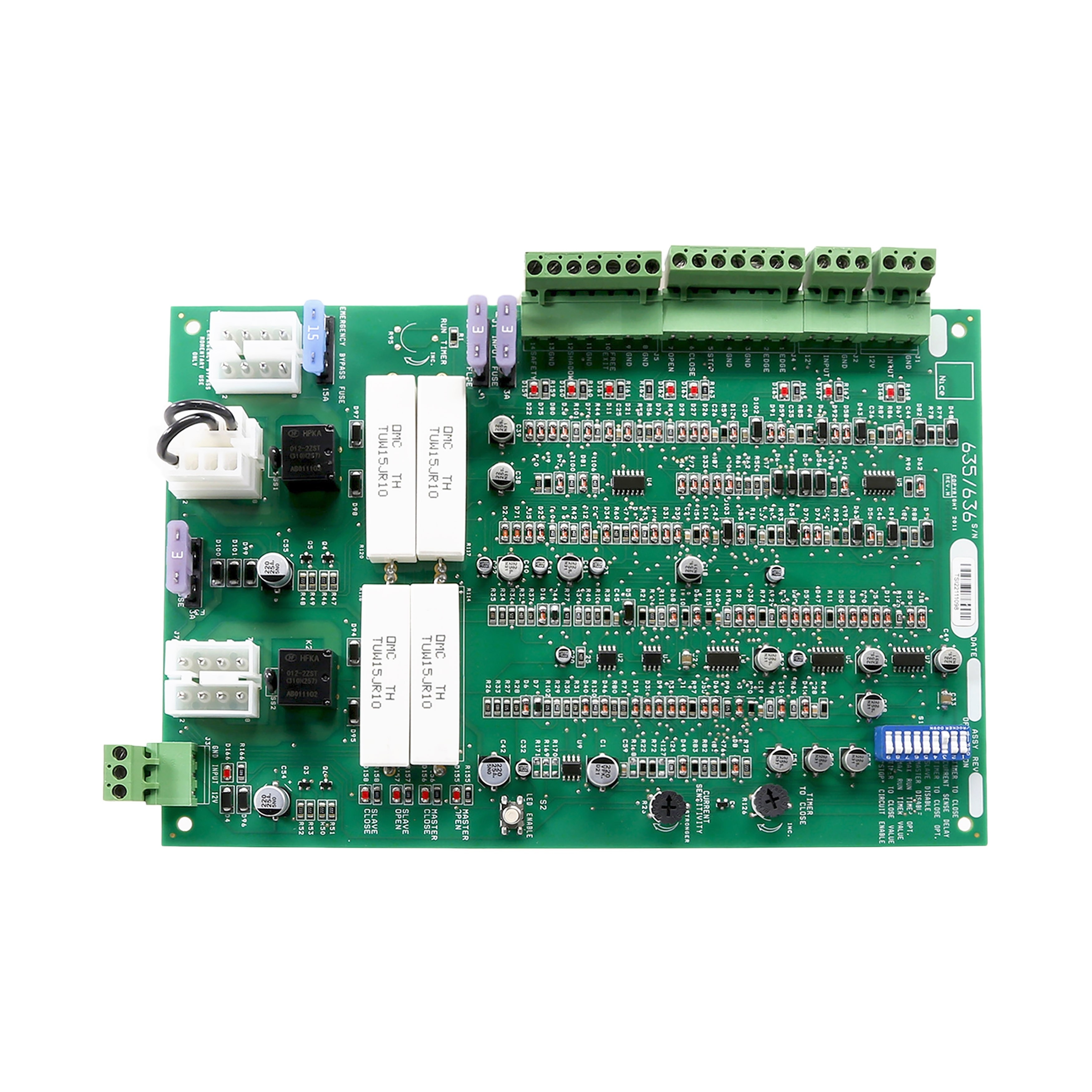Vehicle Loop Detection

Vehicle loop detection can detect vehicles passing or arriving at a certain point. Almost anyone driving on the road has seen these. They are usually installed at traffic lights or automated gates. It works by installing an electrically conducted loop in the pavement. When a vehicle drives or stops overtop of the installed loop, the magnetic field is strengthened, sends a signal to the detector, and triggers a gate opening or whatever the device's functionality is programmed to do.
A popular installation method for inductive vehicle detection loops is cutting directly into the ground using a concrete saw and tucking the insulated wire into the newly cut slot. After the wire is installed, sealant can be applied to overtop. It is installed about 1" underneath the ground surface. Having the wire installed at this depth gives it a closer magnetic field resulting in more accurate vehicle detection.
Another option for installation is a surface-mounted loop. These are usually only installed when the area is too small to use power tools or a location prohibits any damage to the property. A common place to see these is in parking garages with a post-tensioned concrete structure. The installation is very straightforward. The whole loop sits in a protective dome above the surface. An optional adhesive can be used to secure the vehicle loop detection system from nudging tires or other interference.
Vehicle loop detection systems are everywhere in the world. They provide automated operations for many different applications and organizations. Next time you drive around or stop at a traffic light, look around and see how much people depend on them in everyday life. These are great additions to any slide gate opener or barrier arm opener.




